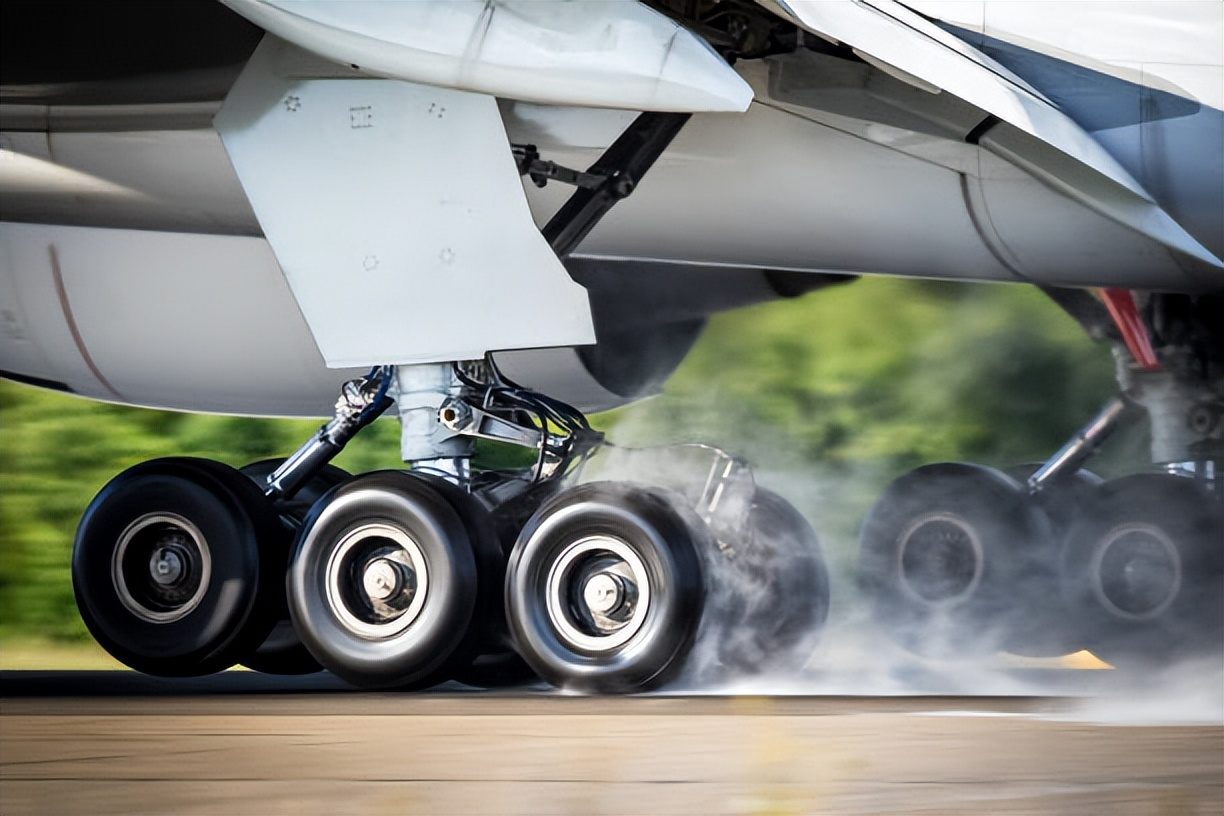Any material used in outdoor environments needs to be resistant to weather conditions in order to ensure longevity. Composite materials provide reliable, long-lasting performance against harsh environmental factors, especially with their superior durability in both hot and cold weather conditions. Here’s what you need to know about the performance of composite decks in extreme weather:
Hot Weather overview:
Hot weather conditions can have a significant impact on materials used outdoors, especially during the summer. Wood and other traditional materials often dry out, crack, and fade due to high temperatures. However, composite decks are highly resistant to hot weather thanks to advanced manufacturing techniques.
- UV Resistance: Composite materials are equipped with special protective layers that guard against UV rays, protecting them from the harmful effects of the sun. This minimizes issues like color fading and material degradation.
- Heat Reflection: Composite materials are known to absorb and emit less heat, keeping surface temperatures at more acceptable levels during hot summer months.
Cold Weather overview:
Cold weather conditions can pose challenges for outdoor materials. Freezing temperatures can cause traditional materials like plastic and wood to crack, break, or structurally degrade. However, composite materials perform excellently in cold conditions as well.
- Resistance to Low Temperatures: Composite decks do not risk cracking or breaking in extremely cold conditions. These materials maintain their elasticity and durability even in freezing temperatures.
- Resistance to Ice and Snow Accumulation: Snow or ice can cause slipping hazards with traditional materials. The non-slip surface of composite decks ensures safe use, especially in outdoor areas during the winter months.
- Long-Term Stability: Composite materials remain stable over time in cold weather. Extremely low temperatures do not affect the material’s structure or cause deformation.
Operational considerations:
Beyond the materials, airport operations and maintenance protocols are crucial for managing composite runways, taxiways and helipads in high temperatures.
- Heat absorption: Dark asphalt surfaces absorb significant heat, which can raise the runway surface temperature higher than the ambient air temperature.
- Heat reflection: Light-colored or reflective surface coatings can be used to reflect solar radiation and lower surface temperatures.
- Inspection and maintenance: Regular inspections are critical to monitor the pavement’s condition and to perform maintenance such as crack filling, joint sealing, and resurfacing to ensure a long service life.






